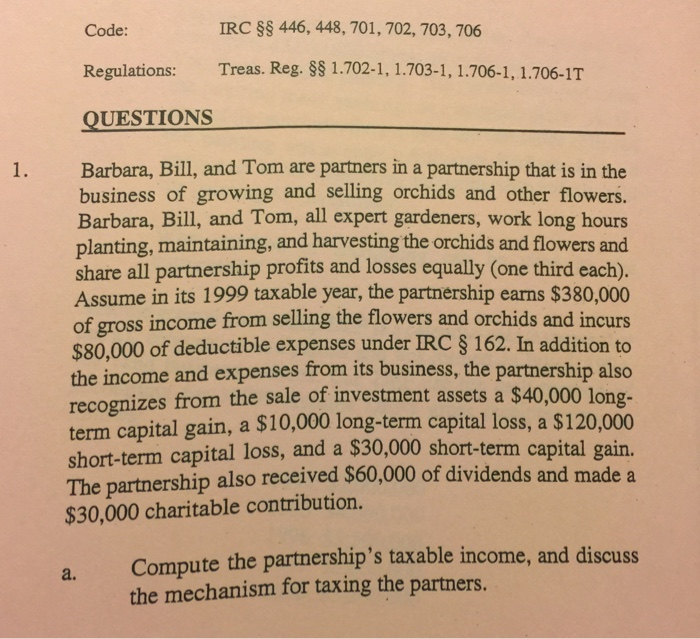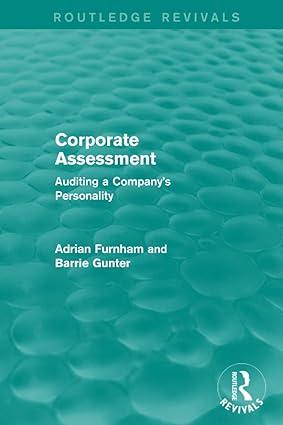Answered step by step
Verified Expert Solution
Question
1 Approved Answer
Code: IRC SS 446, 448, 701, 702, 703, 706 Regulations: Treas. Reg. 88 1.702-1, 1.703-1, 1.706-1, 1.706-1T QUESTIONS 1. Barbara, Bill, and Tom are partners


Step by Step Solution
There are 3 Steps involved in it
Step: 1

Get Instant Access to Expert-Tailored Solutions
See step-by-step solutions with expert insights and AI powered tools for academic success
Step: 2

Step: 3

Ace Your Homework with AI
Get the answers you need in no time with our AI-driven, step-by-step assistance
Get Started


